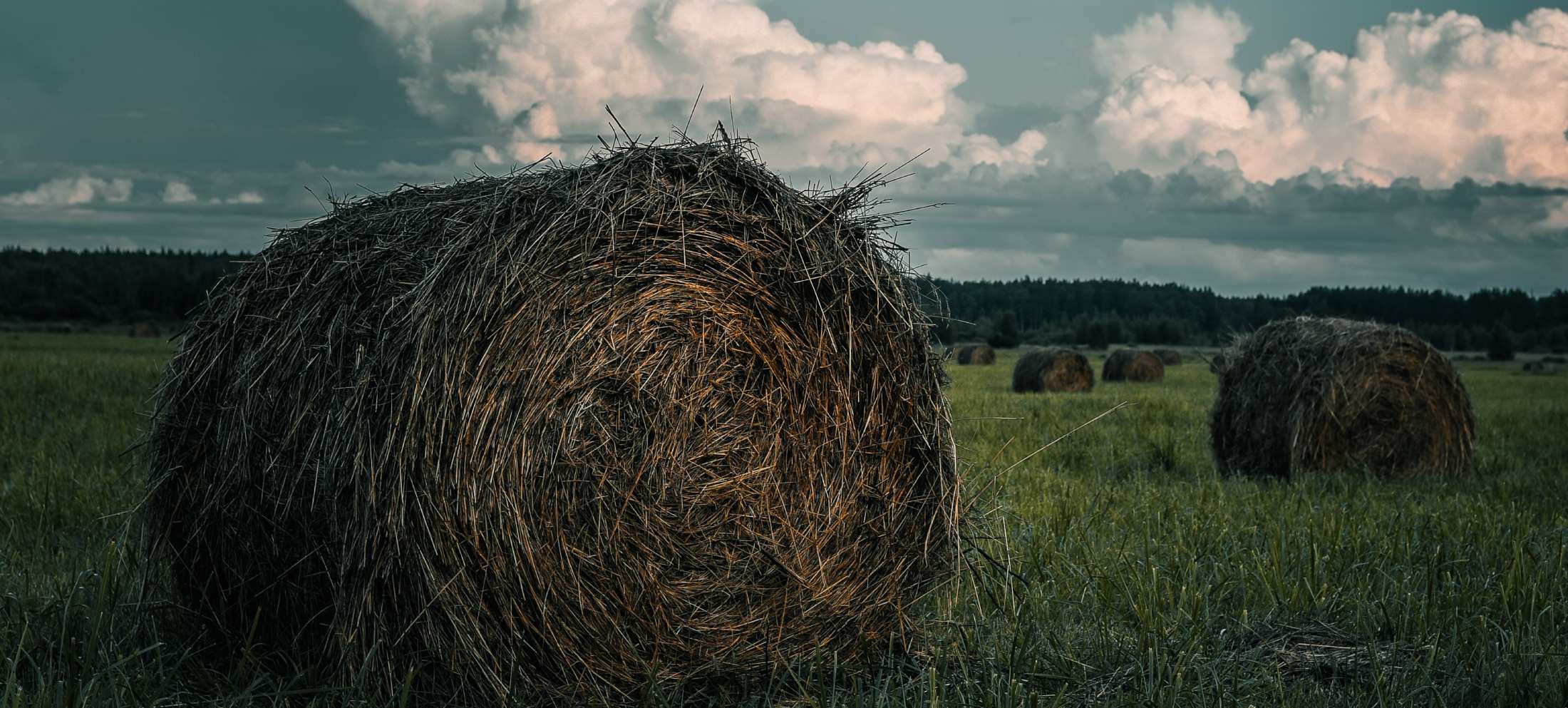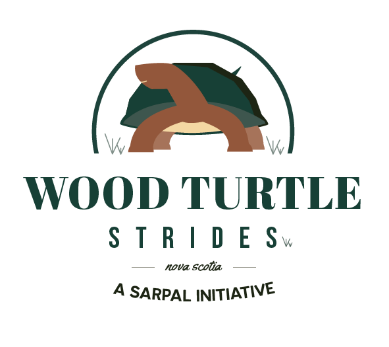
Species at Risk Partnerships on Agricultural Lands (SARPAL)
Environment and Climate Change Canada (ECCC) initiated the Species at Risk Partnerships on Agricultural Lands (SARPAL) program in 2014. The SARPAL initiative is focused on working with the agricultural community to facilitate recovery of Species at Risk (SAR) on agricultural lands through voluntary stewardship actions related to Critical Habitat for Species at Risk.
In 2015, the Nova Scotia Federation of Agriculture (NSFA) partnered with Dalhousie University and the Nova Scotia Department of Natural Resources (NS DNR) to form a group that could administer a SARPAL program in the Atlantic Region. In the first year of that partnership, a project called the Marginal Lands Project, was developed to study farmers’ perceptions and uses of marginal lands in Nova Scotia. The Marginal Lands Project served as an important precursor for the development of Wood Turtle Strides, the eventual SARPAL program dedicated to the conservation of Wood Turtles in Nova Scotia.
Wood Turtle Strides – 2016-2018

The Wood Turtle Strides (WTS) program consisted of three main parts including farm habitat identification, education and outreach about Wood Turtles, and incentivized Critical Habitat conservation.
Wood Turtles were selected as a focal species by Environment & Climate Change Canada’s (ECCC) Canadian Wildlife Service (CWS) for a number of reasons; 1) their Critical Habitats had been partially mapped recently, 2) agricultural practices represented an important threat to the species, and, 3) they have a well-defined species recovery team in Nova Scotia.
Farms participating in the Wood Turtle Strides program signed five-year Conservation Agreements to support Wood Turtles through:
• Implementation of Beneficial Management Practices (BMPs) – modifying mowing practices to avoid turtle deaths, e.g. raising mower blades in critical wood turtle habitat
• Habitat enhancement – improving habitat conditions near fields, rivers and adjacent riparian areas, e.g. implementation of riparian buffer zones
• Habitat restoration – creating conditions suitable for wood turtles on previously converted land, e.g. excluding livestock from sand and gravel bars that serve as nesting sites for wood turtles
There are currently over 20 farms with Conservation or Stewardship Agreements. The combined area covered by conservation agreements is over 550 ha and includes some of the most productive Wood Turtle habitats in the species’ range.

Wood Turtles are a medium-sized semi-aquatic turtle that can be found in freshwater riverine environments in Nova Scotia. They are Nova Scotia’s most terrestrial turtle and although they spend a considerable amount of time in and near rivers, they also wander widely in search of food, mates and nesting opportunities. This can draw them on to farm fields where foraging opportunities are rich with vegetation, berries, worms and slugs but they run the risk of being struck and killed by mowing equipment and tractor tires.
Wood Turtle Strides – 2018-2019
An additional year of funding was provided to attract additional farms in under represented areas and transition the WTS program to the Environmental Farm Plan program.
Implementation of SAR Protection and Conservation on Nova Scotia Farms – 2019-2021
A new two-year SARPAL (Species at Risk Partnerships on Agricultural Lands) project has been initiated. The NSFA is partnering with Nova Scotia Department of Agriculture, Nova Scotia Department of Lands and Forestry and CARP (Clean Annapolis River Project) to increase education and awareness for SAR and biodiversity enhancements on Nova Scotia farms.
This project takes a multi-species approach and will not focus solely on Wood Turtle habitat. Current initiatives include factsheet and resource development, identification of high priority areas for multiple species and on-farm demonstrations of BMP’s. Due to Covid-19, workshops and field days have been postponed.


